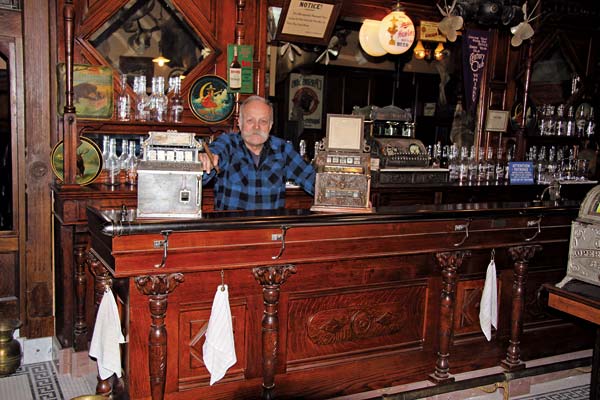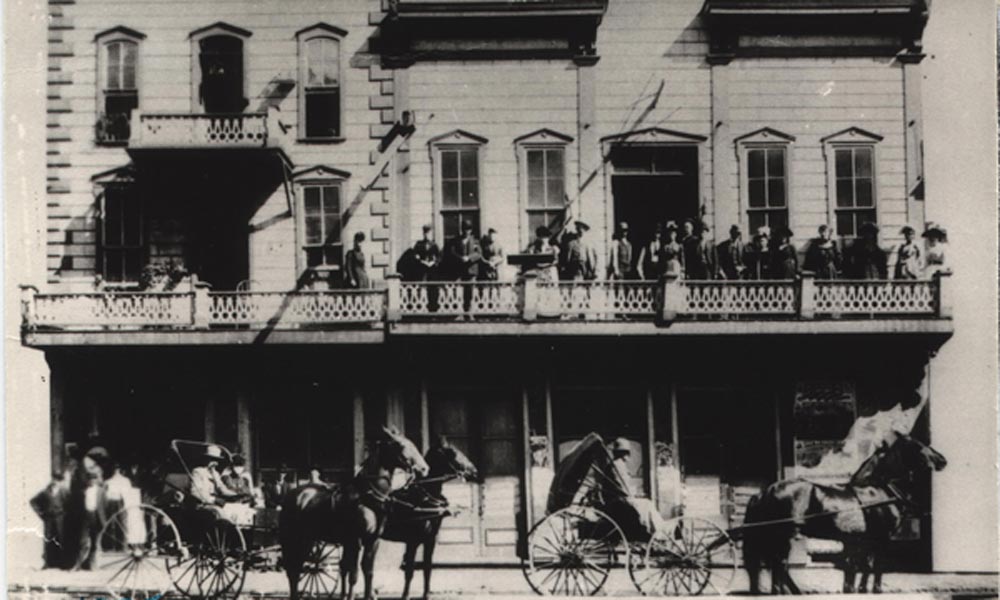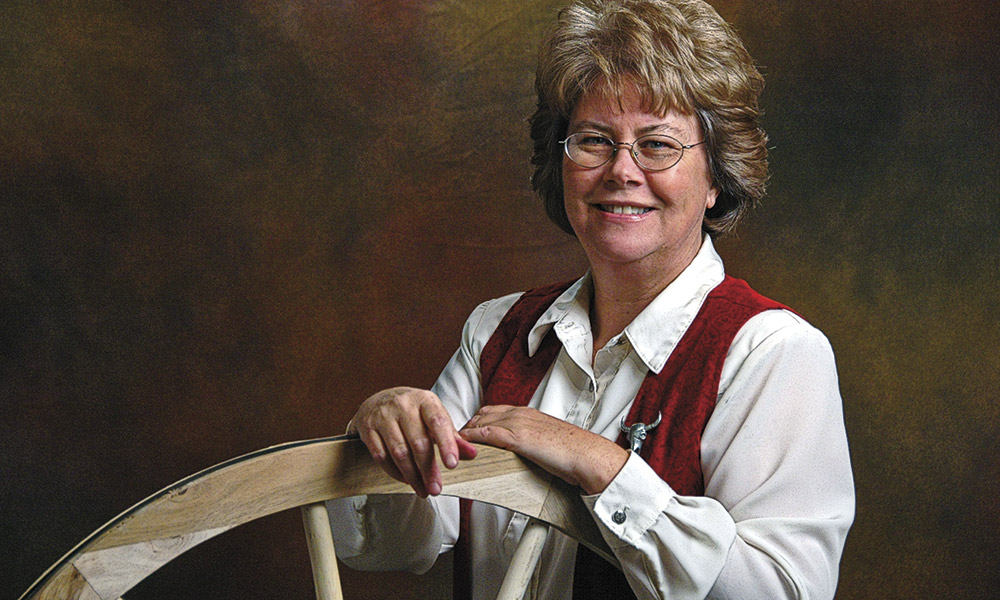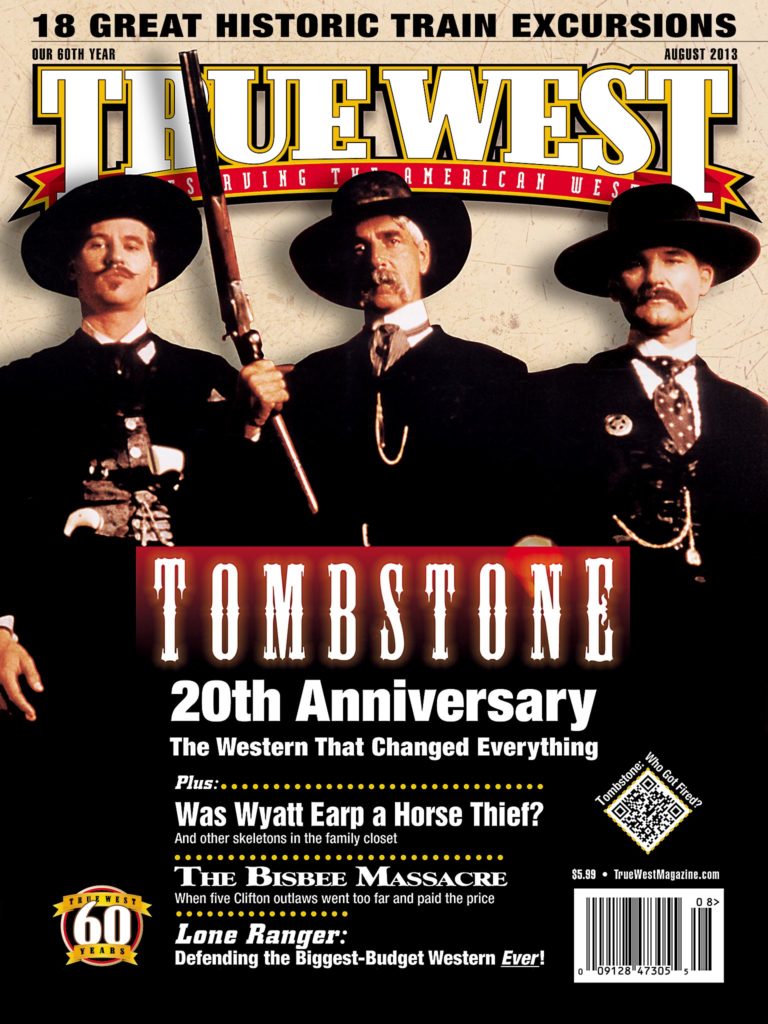 The cowboys and Indians did not catch five-year-old Roger Kislingbury’s attention in 1949, the year his dad bought an RCA television that allowed him to watch Western shows and movies.
The cowboys and Indians did not catch five-year-old Roger Kislingbury’s attention in 1949, the year his dad bought an RCA television that allowed him to watch Western shows and movies.
What fascinated him was the saloon where so much of the action took place: the building with an ornate back bar and fancy gambling machines. “To me, the camera never paid enough attention to these mysterious machines,” he admits.
During a visit with his Dad to the now-defunct Pony Express Museum in Arcadia, California, he saw a real ornate back bar, with its carved wood and stained glass mirrors. When his Dad inserted a coin into a player piano at the museum—one that not only played, but lit up—the boy got bit hard by the collecting bug. “I’ve been collecting ever since and working on old machines,” he says. “I built a saloon in my basement—down to every bolt and screw.”
Of course, the big hardware came later in life. When he was a kid, he started out small, collecting bottle caps and comic books. “I sold off my comic book collection to pay off my divorce attorney,” he says. “Who’d have thought Donald Duck would bail me out!” (He is remarried now, to Ellen, who is famous for the Kisling teddy bears she makes.)
In the 1970s, the 30-something Kislingbury bought his first saloon machine, a “Trade Stimulator” that had sat on a saloon counter in the 1890s and dispensed cigars for a penny. He began making a habit of rummaging around the backrooms of Pasadena arcades, where he often found a gem among the cast off junk.
His “greatest” find, he says, was from a bar in Hudson, Wyoming: “I snuck into the basement and found a Caille double upright slot machine with music.” Kislingbury paid about $10,000 for it, sold it for three times that amount and laments that if he still owned it today, it would be worth about $175,000. “But I had house payments to make, and you gotta eat,” he says.
He and two buddies were so taken with Old West saloons, they built their own from scratch and ran the Handlebar Saloon in Pasadena for several years. They filled the place with moose heads and vintage liquor ads, to mimic the scenes seen in pictures of 1800s saloons.
Kislingbury began collecting those historical photographs in the 1950s, finding them wherever he went on his travels. “But with the Internet and eBay, oh boy,” he says, “I had access to stuff all over the country—I’ve bought a lot.”
The proof of that obsession is his 1999 book, Saloons, Bars & Cigar Stores, that showcases more than 150 rare photos. A second edition is due out this year, American Saloons: A Pre-Prohibition Photo Album. It will feature 200 black-and-white photos and color postcards. He plans to print 3,000 copies for $64 each.
Kislingbury has built his life around his passion for historic saloons. He pays the house payments with his gaming slot and gambling machine restoration and collecting business in Pasadena. “If you don’t do what you love, you’re a fool,” he says. And everybody knows what he loves. As he told readers in his first book, “I don’t like old saloons…I love them!”
Jana Bommersbach has been Arizona’s Journalist of the Year and has won an Emmy and two Lifetime Achievement Awards. She is the author of two nationally-acclaimed true crime books and a member of Women Writing the West.






